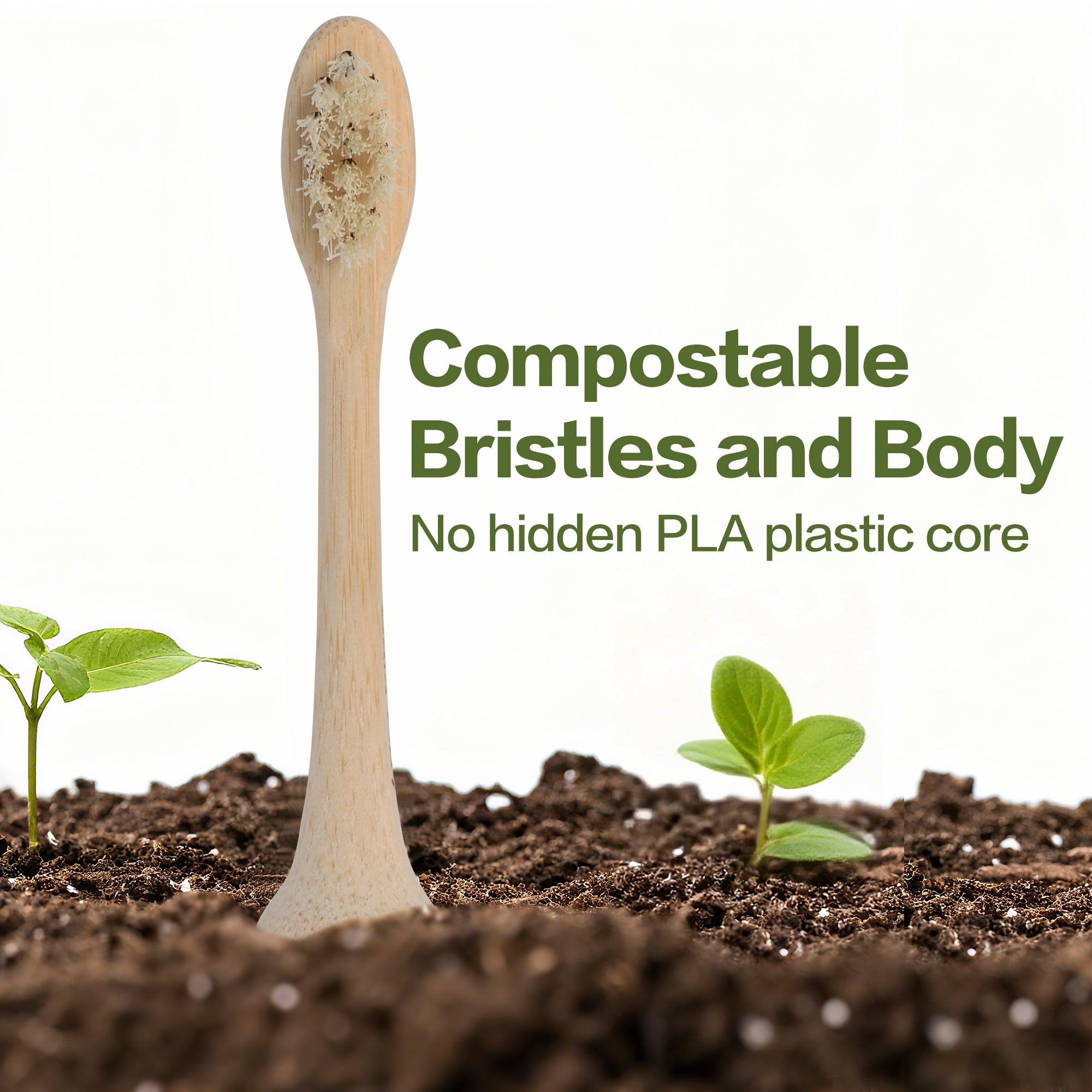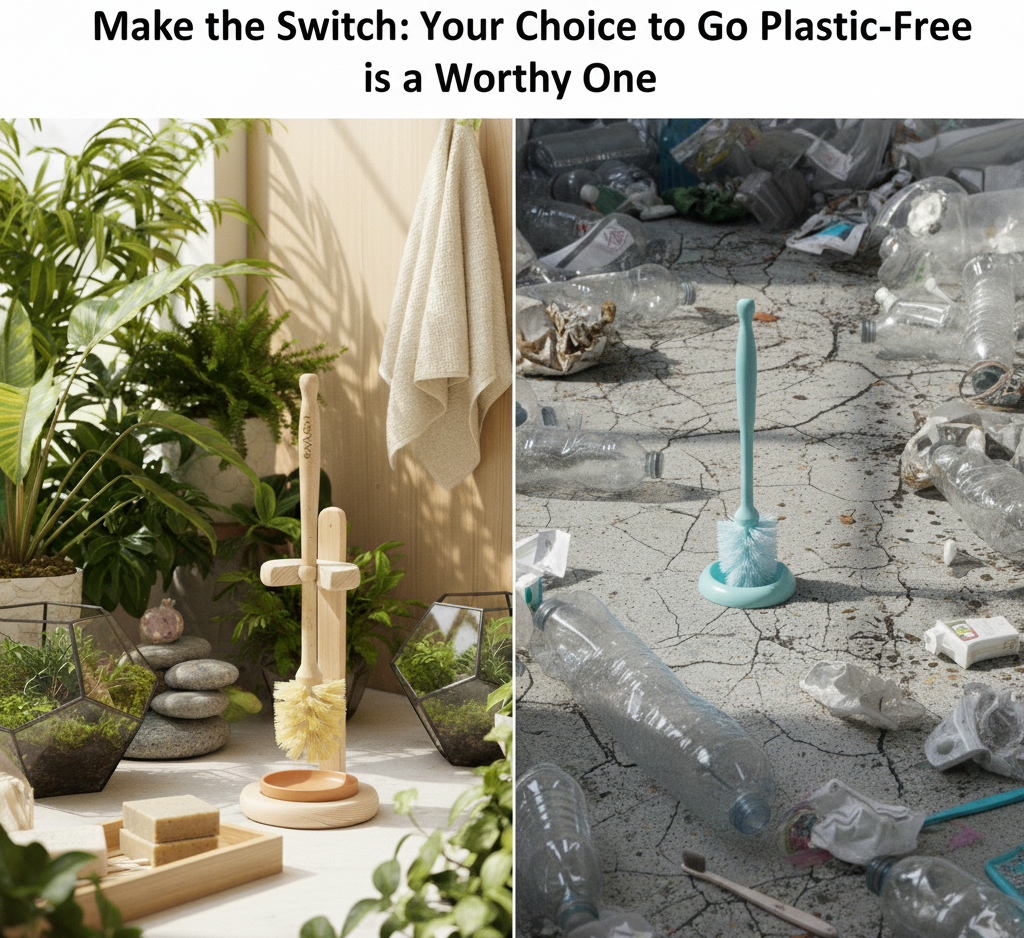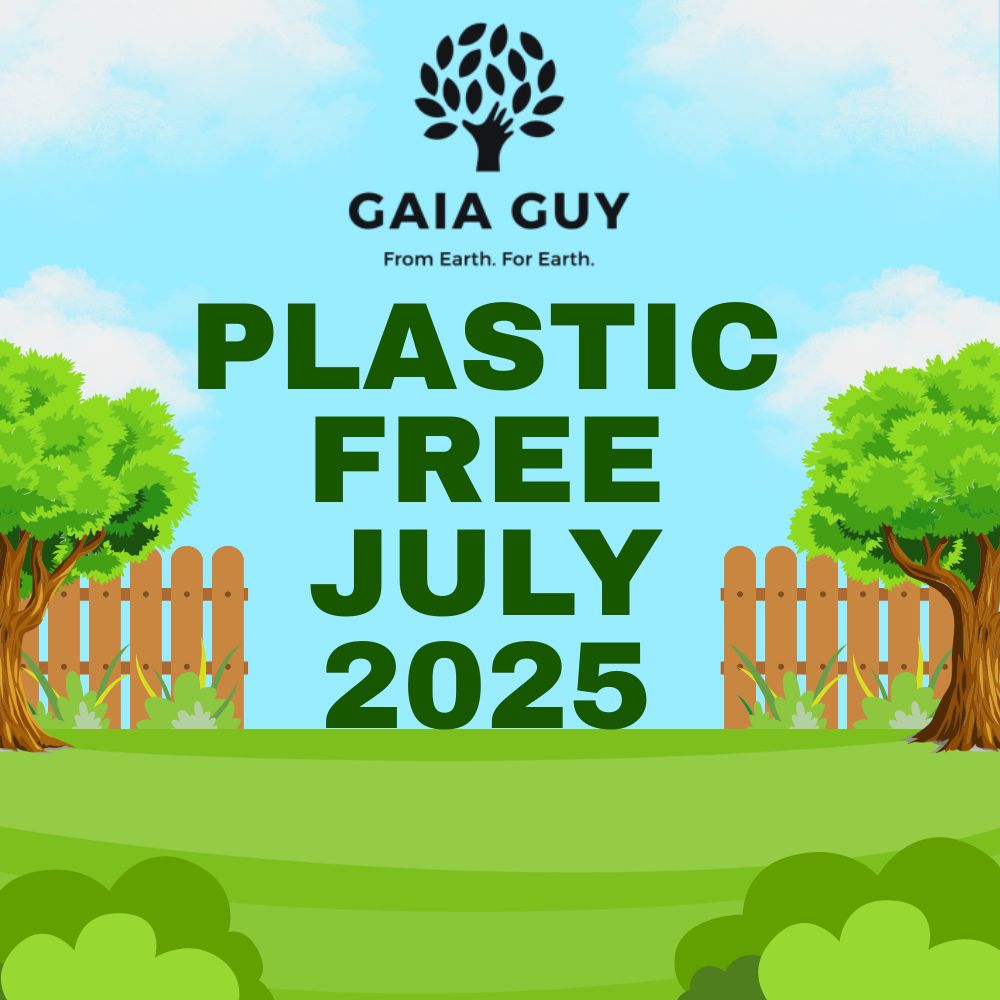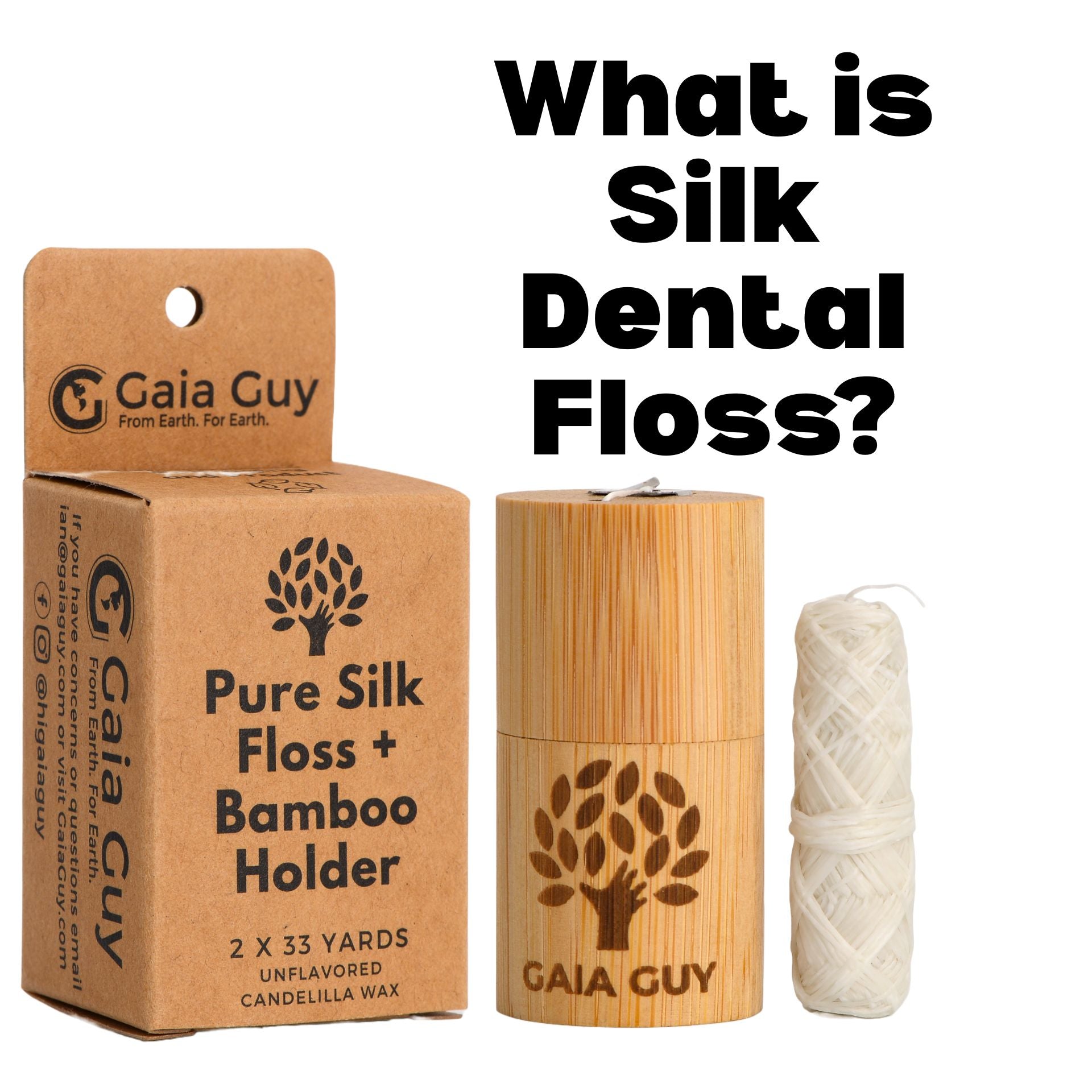When you're trying to make more sustainable choices in your oral-care routine, dental floss might not be the first thing that comes to mind — but it should be. Not all “eco floss” is created equal, and some of the most hyped options are hiding harsh truths about their environmental footprint.
The Problem with “Bamboo” Floss That Isn’t Really Plastic-Free
You've probably seen floss marketed as “bamboo” or “plant-based” — but here's the catch: many of these products are actually made from PLA (polylactic acid), a so-called "biodegradable" plastic derived from corn starch. Yes, it starts from a plant, but it’s still processed into a polymer that mimics traditional plastics.
That may sound better than petroleum-based nylon — but don’t be fooled. PLA-based floss requires industrial composting to break down properly. In a typical backyard compost or landfill, it may persist, shedding microplastic particles over time. (Environmental Research Institute)
Plus, newer research is raising red flags: starch-based "bioplastics" such as PLA may pose similar risks to traditional plastics. One study found that they can still shed microplastic particles and might cause organ and metabolic disturbances in lab animals. (The Guardian)
Put simply: just because something is “plant-based” doesn’t mean it's harmless or truly plastic-free.

Why Silk Floss Is the More Transparent, Truly Biodegradable Option
Silk floss, by contrast, is a natural fiber made from silkworm cocoons. It biodegrades naturally and does not leave behind microplastic pollution.
Here’s why silk floss is a better choice — and not just from an environmental perspective:
-
No microplastic shedding. Unlike nylon or PLA, silk doesn’t fragment into synthetic particles.
-
No toxic coatings. Many conventional flosses are coated with PFAS (often used to make floss glide more smoothly), which are “forever chemicals” linked to various health risks. (PMC)
-
Biodegradable. Silk will naturally break down over time without the need for industrial processing.
-
Sustainable packaging possible. When paired with refill systems, you can greatly reduce waste compared to disposable plastic floss dispensers.
The Greenwashing Trap: Why Some Bamboo/Corn Floss Brands Are Misleading
There are brands that loudly proclaim “plastic-free” or “eco” floss — but don’t mention that their floss is made from PLA or other bioplastics. This is where greenwashing comes in:
-
These brands highlight “bamboo” or “plant-based” to appeal to eco-conscious consumers.
-
But they often gloss over the fact that PLA is still a polymer, and its degradation is conditional. (Environmental Research Institute)
-
Without proper composting infrastructure, PLA floss may not break down as marketed. (Eco Homelife)
In short, those “bamboo” floss companies aren’t always as plastic-free as they claim.
The Health & Environmental Risks of Conventional Nylon Floss
To put things in perspective: the typical floss many people still use is nylon, a petroleum-based plastic. (Environmental Research Institute) Here are the biggest concerns:
-
Microplastic pollution: Nylon doesn’t biodegrade; instead, it can shed microplastic fibers over time. (PMC)
-
Chemical exposure: Nylon flosses are often coated with PFAS or petroleum-based waxes, which are linked to health risks. (Environmental Research Institute)
-
Waste: Small floss strands often end up in general trash or even waterways. (Green America)
Why Gaia Guy’s Silk Floss Is the Better Eco Choice
If you're truly serious about reducing plastic exposure and microplastic pollution, silk floss is the way to go. At Gaia Guy, we believe in transparency and sustainability, not greenwashed gimmicks:
-
Read more on the Peace, Silk & Truth behind our approach in our blog post: Silk Dental Floss: Peace, Silk, Truth
-
Wondering how silk really stacks up? Check out our analysis: Silk vs Nylon Dental Floss: Eco Choice
-
Concerned about microplastics more broadly? We break it down here: Microplastics: What They Are, Where They Come From, and How to Reduce Exposure
Products we recommend:
-
Our Natural Unflavored Silk Dental Floss with Reusable Bamboo Holder is made from pure silk, packaged without petroleum-based plastic, and comes with a solid bamboo holder.
-
For refills, check out our Silk Dental Floss Refill – 4 Spools (33 yd each) — a low-waste, high-impact choice.
Bottom Line
-
Not all “bamboo” floss is plastic-free. Many so-called eco flosses are actually PLA plastics derived from corn starch.
-
Silk floss is a truly biodegradable, chemical-free option.
-
Beware of greenwashing. Just because something is plant-based doesn’t mean it’s harmless.
-
Choose refillable, transparent, and natural products. Your floss choice makes a difference for your health — and for the planet.
FAQs
1. Is bamboo floss really plastic-free?
No. Most “bamboo floss” on the market is actually PLA bioplastic, made from processed corn starch. Although marketed as plant-based, PLA is still a polymer and behaves like plastic, especially in landfills or home compost.
2. Is silk floss biodegradable?
Yes. Genuine silk floss is a natural protein fiber that biodegrades without leaving microplastic particles behind.
3. Why do some brands call PLA floss “eco-friendly”?
Marketing loopholes. PLA starts as a plant material, so brands call it “plant-based.” They often omit the fact that it requires industrial composting and may still shed microplastics.
4. Is bamboo charcoal floss the same as bamboo floss?
No. Bamboo charcoal floss is typically nylon floss coated with charcoal. It is petroleum-derived and non-biodegradable despite the “bamboo” keyword.
5. What is the best plastic-free dental floss?
Pure silk floss in a refillable, plastic-free holder is currently the most sustainable and truly biodegradable option.
6. Does silk floss work as well as nylon floss?
Yes. Silk floss is strong, effective, and naturally grippy, meaning it removes plaque without the need for petroleum or chemical coatings like PFAS.
7. Can PLA or nylon floss shed microplastics?
Yes. Both PLA and nylon can break down into smaller particles. Silk does not.
8. Are Gaia Guy silk floss products 100% plastic-free?
Yes. Gaia Guy uses pure silk, glass or bamboo containers, and plastic-free packaging—no petroleum-based components.










